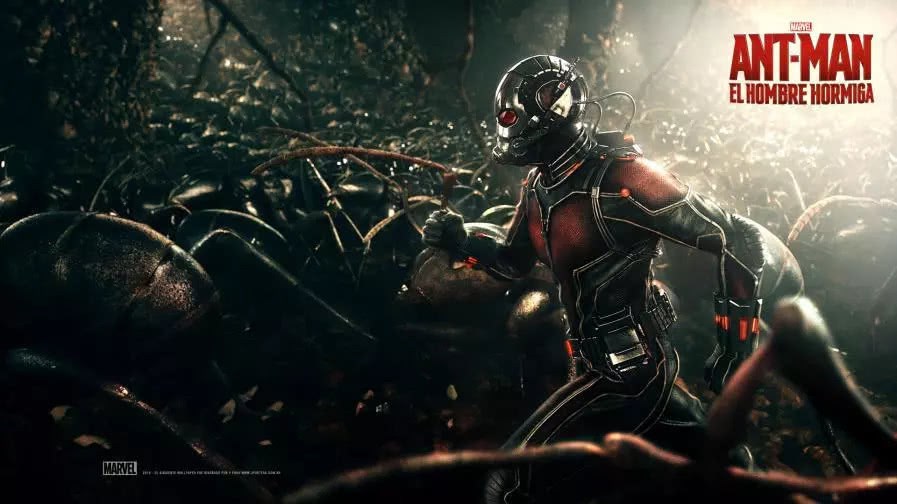The lazy foodie looks unexpectedly high.

Black foot abalone (Haliotis iris), from the genus Haliotis of the family Halioideae. If you have met it at the dinner table, you must have been impressed by its broad, dark belly feet. But did you know that they traveled at least 11000 kilometers across the equator to get to you? In order to repay this precious friendship, perhaps we should know more about it beyond its taste.
The shell of black abalone. Picture: Eddie Hardy / gastropods.com
Lazy foodie
New Zealand, a beautiful island in the South Pacific, is the hometown of black-footed abalone. Compared with H. australis, who is also distributed in New Zealand, black-footed abalone is a very lazy foodie.
Black-footed abalone often feeds on seaweed brought by currents and tides on the shore, and does not seem to be picky, they do not move their nests, and currents continue to bring seaweed. Yellow-footed abalone, on the other hand, seems to have some pursuit of eating, and they will be more active in looking for algae attached to the rocks.
The feeding strategy of black-footed abalone doesn't really make me think of this sloth. Picture: lckubo / youtube
Although black-footed abalone does not like to move its nests, they are not randomly distributed along the coast, but there are relatively distinct boundaries-larvae with a shell length smaller than 70mm tend to choose the "children's paradise" in the mid-tide zone or under the stones, while adults tend to choose the "adult world" in the low tide zone.
This choice is related to the response of black-footed abalone to light. When individuals are small, they usually exhibit light avoidance, which makes them look for shelter and avoid predation, while larger individuals are less sensitive to light. Black-footed abalone also knows the way of dormancy.
Adult black-footed abalone in the wild. Picture: New Zealand Marine Studies Centre
The growth of black-footed abalone not only means that they have to step into the "adult world" at low tide, but also means that they need to bear the responsibility of reproduction. They reach sexual maturity when they are about 4 years old and the shell length is about 60mm.
Late summer and early autumn are their breeding season. Mature female and male abalone discharge gametes and complete fertilization and hatching in sea water. Newly hatched larvae float in the water, and if they are lucky enough not to be dispersed by ocean currents or eaten by plankton-eating predators, they can develop into benthic abalone in about three days. They will continue to live and thrive at the bottom of shallow reefs.
The most beautiful abalone
Black-footed abalone is known as the most beautiful abalone in the world, but you may think they are plain in any way. No hurry, its beauty is just hidden, let's go and explore it.
If you have dealt with abalone, you may know that the abalone body consists of a large shell and a body under the shell. In the body, the muscular abdominal foot accounts for most of the volume, which is also the most important part of our food. Opening their broad belly feet, we can see the inner side of the shell full of pearl luster, which is the pearl layer of abalone.
Abdominal foot of abalone. Picture: geminiconnect.com
Top: the shell of Haliotis discus hannai; bottom: the shell of abalone. Photo: H. Zell / Wikimedia
The inside of the shell of black-footed abalone is usually crisscross with colors such as blue, red and green, like a rainbow. Their original name iris means rainbow in Greek to describe their colorful shells.
The shell of black abalone. Photo: H. Zell / Wikimedia
If you only choose the most beautiful abalone on the basis of the rainbow color on the inside of the shell, I am afraid it will be difficult to convince the public. Let's continue to explore the beauty of black-footed abalone, but I'm afraid we'll have to do more from the surface this time.
The shell of black foot abalone is often reddish brown, which is a protective color to integrate itself with the environment. If this coat is polished, their beautiful side will be really revealed, and the polished black-foot abalone shell shows a turquoise metallic color. If the alternating pearl luster of blue, red and green inside the shell is like the color of a rainbow, then the polished shell looks like a universe full of mystery and unknown.
Polished black abalone shell. Picture: J J Richards
Get the price of beauty
Those who are most familiar with black-footed abalone must belong to the Maori who have lived with them for thousands of years. Maori people not only eat the meat of black-footed abalone, but also shell it into handicrafts. In Maori wood carvings, the eyes of statues are often made from the shell of black abalone. They believe that these shells, as gorgeous as the starry sky, represent the eyes of their ancestors gazing down in the night sky.
Maori sculptures. Picture: JShook / wikimedia;Barni1 / pixabay
In addition, some contemporary New Zealand jewelers also use the shell of black abalone to make modern jewelry such as brooches, necklaces, earrings, bracelets, amulets, bracelets, pendants, rings and so on.
The beautiful shells of black-footed abalone give it value in addition to eating, but this beauty sometimes means danger. As a large kind of abalone in the genus Haliotis, they do not grow rapidly. Therefore, in order to balance the contradiction between the population of black-footed abalone and human utilization, the New Zealand government has formulated a set of strict regulations: black-footed abalone can only use free diving (no underwater air supply equipment. Only diving with a single breath and holding your breath).
Not only that, the New Zealand government has also imposed restrictions on the fishing specifications of black-footed abalone: the catchable specification of black-footed abalone is 125mm, with a quota of only 10 per person per day. To meet this specification, it will take at least seven or eight years for black-footed abalone.
Some fishermen will bring a small bottle of oxygen in case of urgent need, which is not a violation of the law if the oxygen is intact when they come ashore. Picture: Ken Bailey / californiaoutdoorsqas.com
This rule seems draconian, but in the early days, humans also used this method to catch abalone. The earliest record of abalone fishing was in Japan in 425 AD, when a diver named Osahi used free diving to catch abalone, along with the risks of diving operations. On September 12, 425, Osahi went diving to catch abalone. His only protective measure was the rope tied to his wrist. This time Osahi dived for a long time, and his companions on board realized that something was wrong and hurriedly pulled him out of the water, but it was too late. Osahi has left, but his hands are still in a holding position. In his hand, it was a huge abalone.
In early fishing, the rope tied to the wrist and held in the hands of his companions was the lifeline. Picture: cdlib.org
Thanks to today's convenient international trade, black-footed abalone, Atlantic breast spiny sea bream / longevity fish (Hoplostethus atlanticus), South American Antarctic fish / Antarctic ice fish (Patagonotothen ramsayi), Brazilian Pomfret / Argentine spotted Pomfret (Stromateus brasiliensis), and so on, these exotic features that are difficult for us to reach are now more and more encountered with us at the dinner table.
Atlantic seabream, South American Antarctic fish, and Brazilian Pomfret 18800 kilometers away. Photo: SeaFIC & INIDEP & Vaske Jr., T. / Fishbase
When we meet them, apart from tasting the flavor accumulated for them by the unique phenology of the place where we grow, are those stories that come from afar not a delicacy?
This is the 239th article in the fourth year of the species calendar, from the author of the species calendar @ Sundayhao.
- Prev

Is the ability to manipulate ants in Ant Man imitating the queen?
Has your moments been scanned by the latest ants this past weekend? As early as in the first Ant-Man movie, the protagonist can shrink his body to the size of an ant and manipulate the ant side by side.
- Next

These kinds of flowers in the flower market must not be bought, and they are difficult to feed.
Some flower lovers complain that the flowers bought from the flower market or the market are good, and it won't take long to raise them at home. Some die after a period of time, so what on earth is going on? Today, the editor will tell you about the inside.
Related
- Wuhan Hospital Iron Tree Blooming Result Was Instantly Frightened by the Gardener Master
- Which variety of camellia is the most fragrant and best? Which one do you like best?
- What is the small blue coat, the breeding methods and matters needing attention of the succulent plant
- Dormancy time and maintenance management of succulent plants during dormancy
- Minas succulent how to raise, Minas succulent plant pictures
- What are the varieties of winter succulent plants
- How to raise succulent plants in twelve rolls? let's take a look at some experience of breeding twelve rolls.
- Attention should be paid to water control for succulent plants during dormant period (winter and summer)
- Watering experience of twelve rolls of succulent plants
- Techniques for fertilizing succulent plants. An article will let you know how to fertilize succulent plants.

